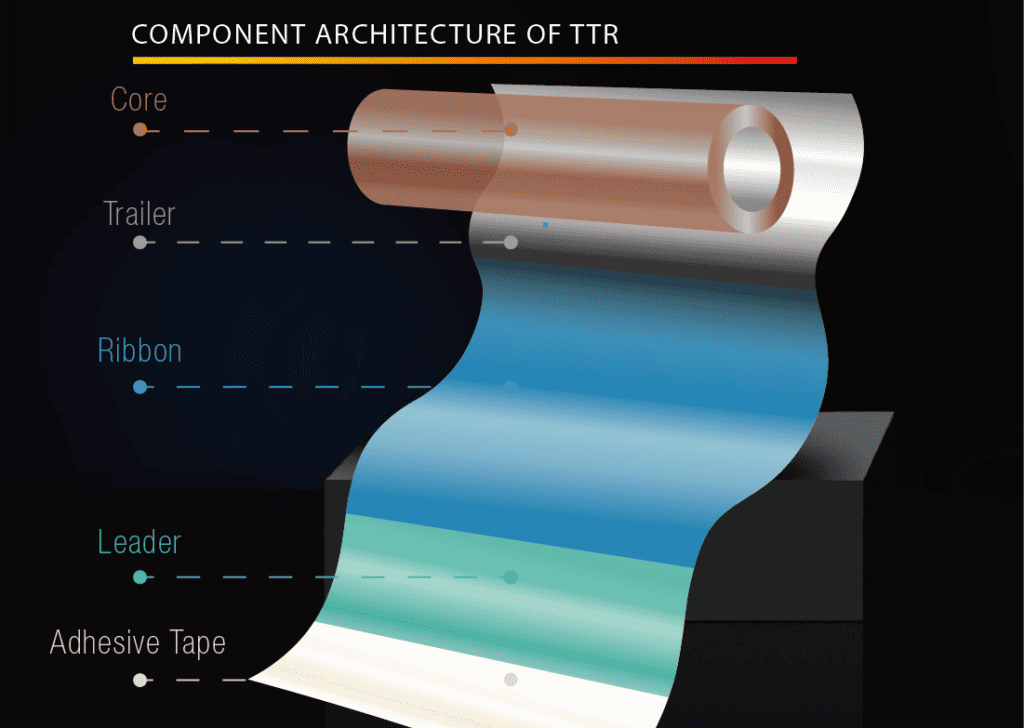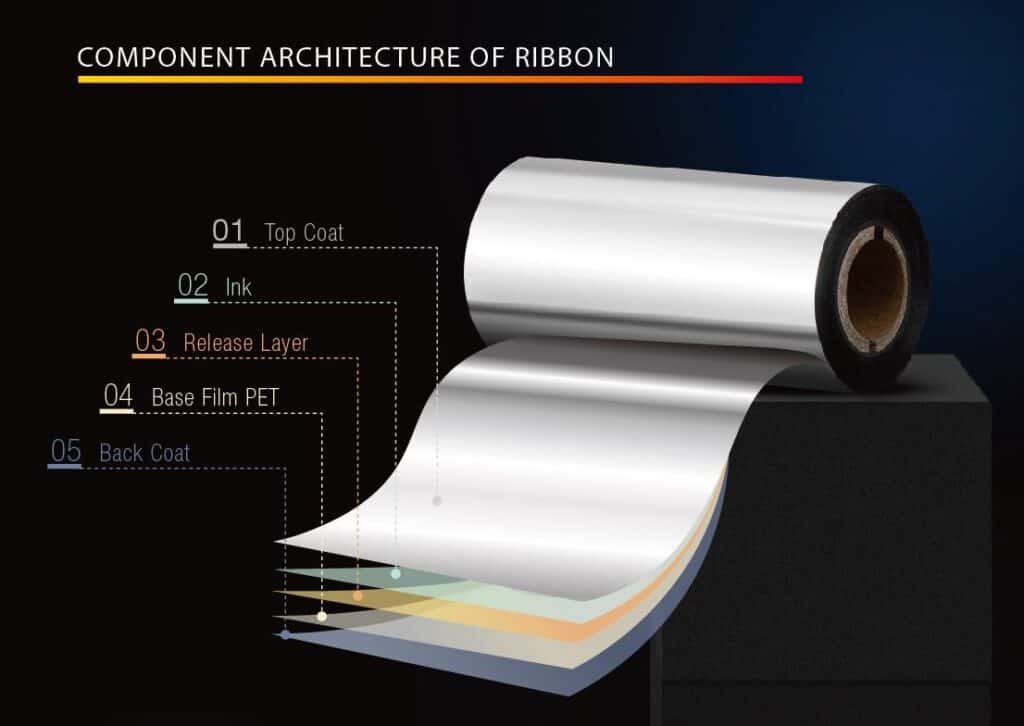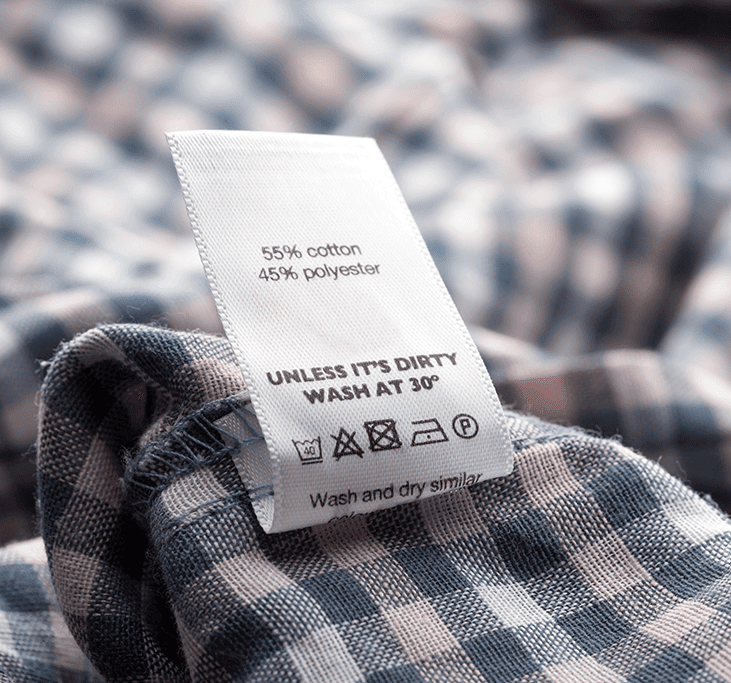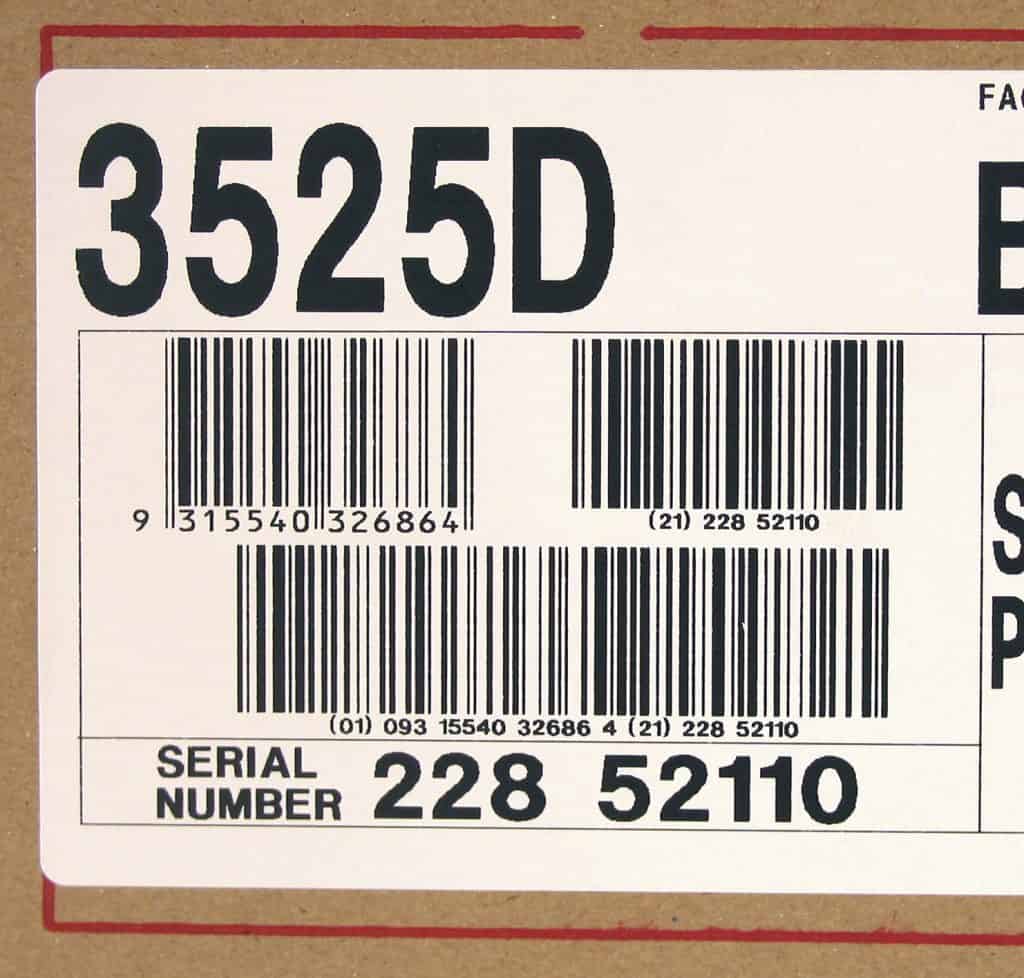With many different printing methods around today, why would you choose thermal transfer? And how does it compare to similar methods such as direct thermal?
For a start, thermal transfer printing is an extremely versatile method of printing and can be easily adapted for use in lots of different printing applications. From printing standard box end labels to wash care tags to number plates. Thermal transfer printing can be used in many different industry sectors and for many different products thanks to the vast amount of ink formulations or ‘grades’ that are available.
It is great method for high volume printing requirements and can print up to speeds of 600mm per second or 24 metres of labels per minute. This makes it a fantastic printing method for fast-paced environments such as packing lines in production.
It is also a very reliable technology and thermal transfer printers are designed to run in very harsh environments so are hard-wearing and tough. The print itself can be very durable and crisp making it the perfect printing method for barcodes and variable information such as best before dates. The scan quality is excellent and more reliable in comparison to other print technologies.


Thermal Transfer vs Direct Thermal


Thermal Transfer works using standard labels and a thermal transfer ribbon. The ribbon passes under the thermal transfer printhead and the heat melts the ink from the ribbon, transferring it to the label– leaving an image or text behind.
• Uses standard labels
• Typically more expensive as both ribbons and labels are needed
• Different colours available so not limited to just a black print
• The many ink formulations of thermal transfer ribbons means that there is a suitable ribbon for every application of all levels of scratch & chemical resistance
• The most beneficial for the life of the printhead as the printhead comes into contact with the ribbon instead which acts as a ’buffer’ between the label and printhead. It is more beneficial for the printhead to come into contact with the ribbon instead of the label as many ribbons are designed with a back-coating that serves to increase print head life by reducing static and friction – thus extending the life of the printhead
Direct thermal works using direct thermal labels. As they pass under a thermal transfer printhead, the heat triggers a chemical reaction in the labels causing the label to darken – leaving an image or text behind.
• Uses direct thermal labels
• Typically the cheaper method of the two as no need for thermal transfer ribbons
• Printing is more limited – no colour options and different levels of durability
• Direct thermal is not scratch resistant, and the printed labels can change overtime when exposed to light. This means that it is not a great printing method for long term labels
• Direct thermal printing requires the printhead elements to come into direct contact with the label – meaning it is not the best method for the life of the printhead

